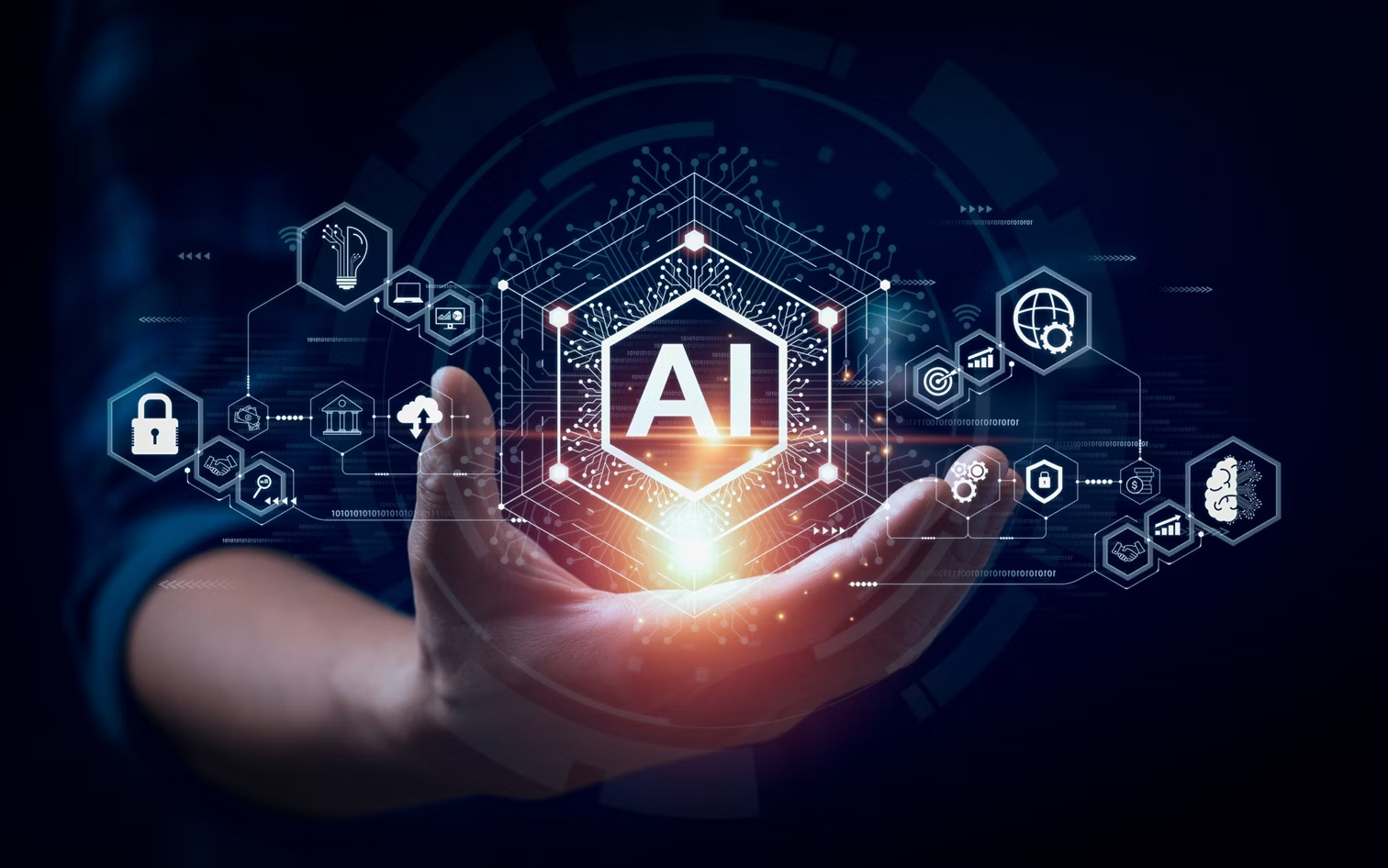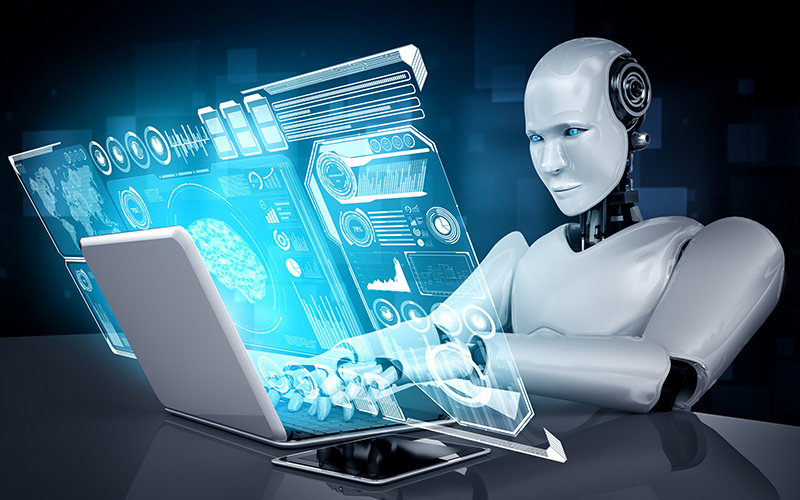Artificial Intelligence has evolved from science fiction fantasy to an integral part of our daily lives, quietly revolutionizing how we work, communicate, and interact with technology. Every time you ask Siri a question, receive personalized Netflix recommendations, or shop online with tailored product suggestions, you’re experiencing the power of AI firsthand. This transformative technology represents one of the most significant technological advances of our time, yet many people still find themselves wondering: What exactly is artificial intelligence, and how does it actually work?
At its core, Artificial Intelligence is a subfield of computer science that focuses on creating intelligent agents capable of performing tasks that would typically require human levels of intelligence. These tasks encompass everything from problem-solving and speech recognition to decision-making and pattern analysis. Unlike traditional computer programs that follow predetermined instructions, AI systems can learn from data, adapt to new situations, and improve their performance over time.
The field traces its origins back to 1955 when mathematician John McCarthy first introduced the concept at Dartmouth College, envisioning AI as a means to create computer programs capable of problem-solving and goal achievement on par with human capabilities. Today, AI encompasses a vast range of technologies that empower computers to perform advanced tasks, including visual perception, language comprehension, data analysis, artistic creation, and much more. From autonomous vehicles on busy streets to chatbots providing customer service, AI has become the backbone of modern computing, showcasing capabilities that continue to amaze and transform industries across the globe.
Understanding the Core Components of AI

Machine Learning serves as one of the most prominent subsets of artificial intelligence, enabling systems to improve their performance by learning from data and past experiences. This technology uses algorithms trained on data to produce models that can perform complex tasks without being explicitly programmed for each specific scenario.
Machine learning operates through several distinct training methods. Supervised learning uses labeled data to train models, while unsupervised learning analyzes unlabeled data to discover hidden patterns and anomalies in large, unstructured datasets. Semi-supervised learning combines both approaches, processing small amounts of labeled data alongside larger chunks of raw data, and reinforcement learning enables systems to learn through trial-and-error interactions with their environment.
Deep Learning represents another crucial component, utilizing neural networks to understand complex patterns and relationships within data. This technology powers many of the AI applications we interact with daily, from image recognition systems to natural language processing tools.
How AI Systems Actually Work
The AI development process follows a systematic approach that transforms raw data into intelligent decision-making capabilities. Data collection forms the foundation, gathering information from various sources, including images, text, and behavioral patterns that serve as the raw material for AI learning.
Data preparation involves cleaning and formatting this information into a structure that AI systems can understand and process effectively. The next step, choosing an algorithm, requires selecting the appropriate computational recipe for the specific task at hand – different algorithms excel at different functions, such as image recognition versus natural language processing.
During the training phase, prepared data is fed into the chosen algorithm to teach the AI model how to make predictions or decisions based on patterns it identifies. This process resembles an intensive study session where the AI system learns to recognize relationships and correlations within the data.
Testing and deployment follow training, ensuring the model performs accurately before implementing it in real-world applications. Modern AI systems often incorporate ongoing learning capabilities, allowing them to continuously improve their performance as they encounter new data and situations.
Dispelling Common AI Misconceptions
Several misconceptions persist about artificial intelligence that can cloud understanding of its true capabilities and limitations. AI is not synonymous with robots – it encompasses a much broader field, including search algorithms, natural language processing, and data analysis tools.
The notion that AI will soon surpass human intelligence across all domains remains largely theoretical, as Artificial General Intelligence (AGI) is still far from realization. Additionally, AI doesn’t “understand” content in the human sense but rather processes data based on patterns without true comprehension.
Importantly, AI systems are not inherently unbiased – they can inherit biases from their training data or designers, making ethical considerations crucial in AI development. While AI excels at automating specific tasks, it cannot replace jobs requiring emotional intelligence, creativity, and uniquely human skills.




